Dental Curettage. Smile Bold.
Only for boundary-breakers .

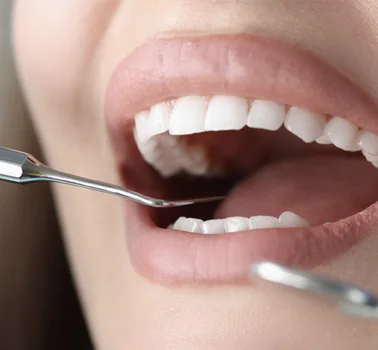
Beyond the dentristy.
If you've ever lost a tooth or needed a replacement, you might have heard about Dental Curettage.
They are a popular solution that not only looks and feels like your natural teeth but also offers long-term benefits. In this page, we’ll walk you through everything you need to know about dental Curettage in a simple and easy-to-understand way.
Dental Curettage
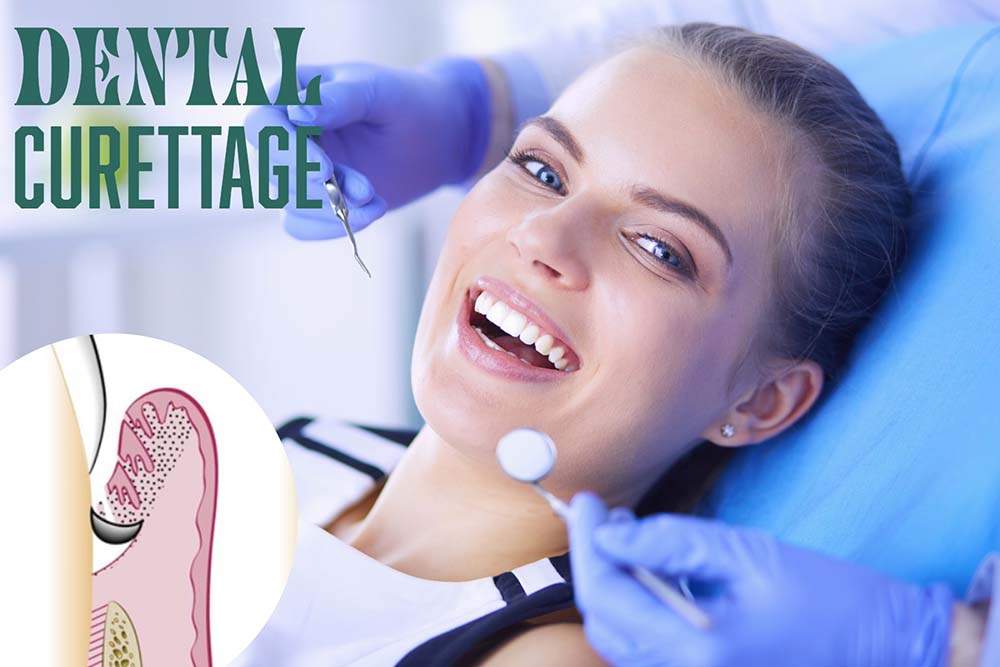
Your gums play a crucial role in maintaining strong, aesthetic, and healthy teeth. With dental curettage, you can say goodbye to chronic inflammation, fight bacteria at microscopic levels, and regain a healthy smile. So, when is dental curettage required, how does it work, and what to think about afterward? Here, supported by research papers, we lay out all the information you need to understand this crucial procedure for keeping your teeth anchored to your jaw.
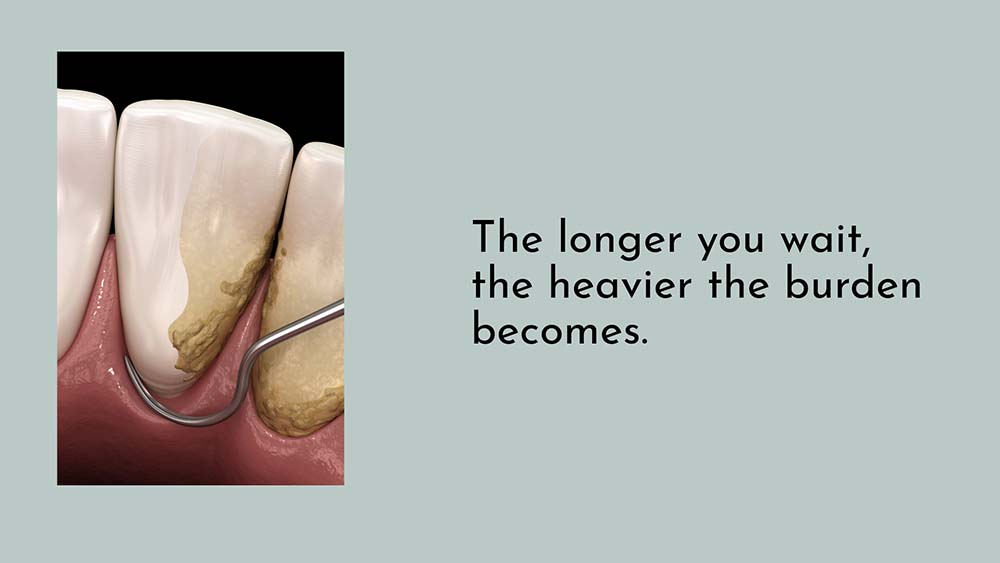
Dental curettage, unlike scaling, is a periodontal procedure. In this procedure, the diseased soft tissue is separated by scraping the inner surface of the gum pocket, and the chronically inflamed granulation tissue is removed. At the same time, the tooth root area also needs to be free of calculus and thoroughly cleaned.
The main purpose of curettage is to remove chronic inflammation and bacterial components from the inner surface of periodontal pockets. In this way, the source of bacteria and pathological changes is eliminated. In the treatment of gum diseases such as periodontitis, curettage is necessary to reduce loss of attachment (LOA) and promote new connective tissue formation. In other words, curettage aims to clean the gingival wall of the periodontal pocket by scraping its inner wall.
Dental curettage may be considered necessary, especially in the presence of the following conditions:
Presence of Chronic Periodontitis.
Periodontitis is a chronic infection and inflammatory disease affecting the gums and the bone that supports the teeth and requires treatment. Curettage has been used as a method of managing this condition.
Presence of Deep Periodontal Pockets.
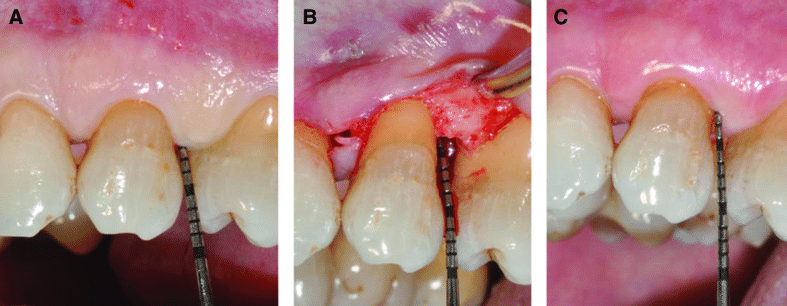
Periodontal pockets are spaces between the teeth and gums that allow the accumulation of bacteria. In a study (1), the indication for curettage was a pocket depth > 3 mm. The study emphasized that deep pockets, because of the higher bacterial content, can cause bone damage and, eventually, tooth loss.
Significant Calculus Accumulation.
Curettage is performed in cases where, beyond scaling, the tooth root area also needs to be scaled and thoroughly cleaned. This procedure aims to remove the chronic inflammatory tissue caused by calculus and plaque in the subgingival area (below the gum line). Curettage should always be considered after or in conjunction with basic periodontal treatments such as scaling and root planing.
Apart from these, curettage treatment can be applied for the following reasons.
Significant Calculus Accumulation.
- The gum pocket wall is inflamed, edematous, and bleeds easily. This is an indication of chronic inflammation, and curettage may be performed to remove this inflammation.
- One of the goals of curettage is to remove diseased tissue from the inside of periodontal pockets so that new connective tissue can grow there. However, some studies suggest that curettage alone provides no additional benefit compared to scaling and root planing.
- Curettage can also be used to relieve pain associated with acute gum infections.
Dental curettage is a periodontal procedure for the treatment of gum disease and usually involves the following steps:
Before curettage, scaling removal of soft and hard deposits (plaque and calculus) and root planing (root planing) are performed on the teeth. Moreover, curettage should always precede basic periodontal treatments such as scaling and prophylaxis. Root resurfacing aims to smooth the root surfaces, making bacterial retention more difficult.
In most cases, curettage is performed under local anesthesia. This means that no pain is felt during the procedure. Local infiltrative anesthesia is applied to the area to be treated.
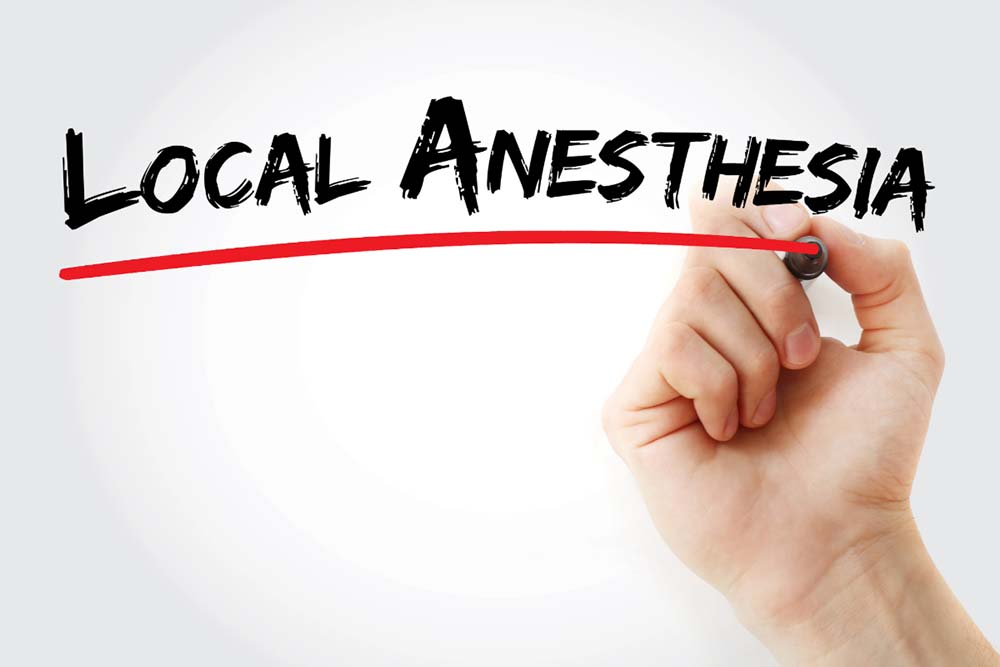
After anesthesia has been achieved and the teeth have been cleaned, special periodontal instruments called curettes are used. A universal curette is inserted upside down into the periodontal pocket. The inner surface of the periodontal pocket is carefully scraped. This is done to separate the diseased soft tissue and remove the chronically inflamed granulation tissue from the lateral wall of the periodontal pocket. The aim is to remove chronic inflammation and bacterial components from the lining of the periodontal pockets. During curettage, the infected pocket lining and junctional epithelium are taken out, along with the inflamed connective tissue below. Some researchers, however, think that curettage cannot completely remove the junctional epithelium and pocket lining.
Following curettage, debris is removed from the pocket by washing it with a physiologic saline solution (0.9%).
Finally, the gingival tissue is partially adapted to the tooth surface with gentle finger pressure.
The healing of the epithelial lining of the gingival pocket usually takes 5 to 12 days. If the wound does not fully close, it may be due to systemic factors or local irritating factors like re-deposited plaque or calculus that was not fully removed.
If the results of curettage are not satisfactory, the dentist may recommend a more invasive procedure, like a flap operation.
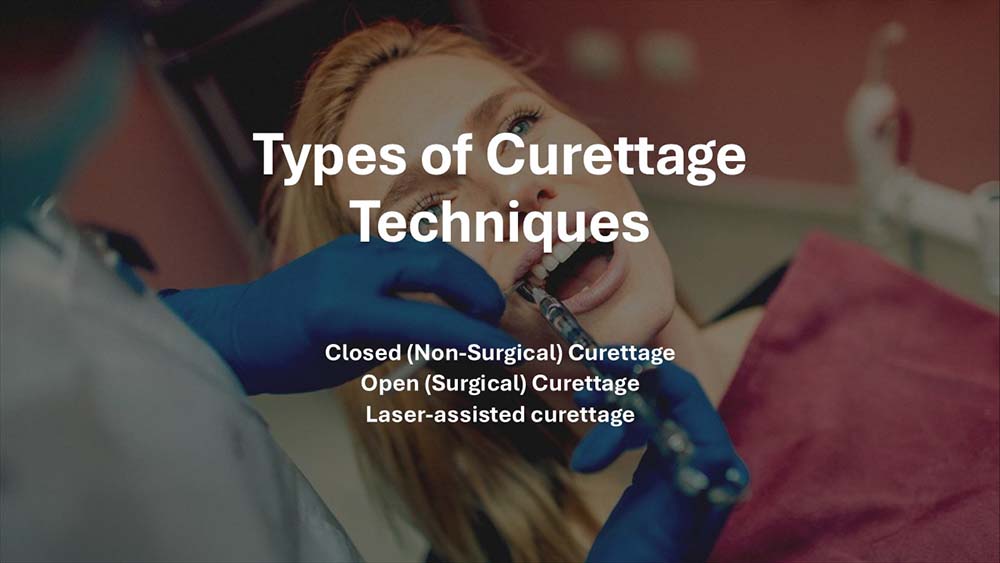
There are essentially three types of dental curettage techniques: closed, open, and laser-assisted. The former type does not involve surgery, while the latter two do.
Closed (Non-Surgical) Curettage:
In this method, no surgical incision is made on the gum. Special hand instruments (curettes) are used to carefully clean the inner surface of the periodontal pockets. The aim of the procedure is to remove inflamed tissues, remove granulation tissue and make the tooth root surfaces smooth and even. Closed curettage is performed under local anesthesia and is generally preferred in early periodontitis cases. It gives effective results especially in pockets 4-5 mm deep. Procedure steps include anesthesia, removal of calculus, smoothing of root surfaces and finally scraping of periodontal pockets.
Open (Surgical) Curettage:
In advanced cases where closed curettage is inadequate, surgical methods are preferred. In open curettage, a surgical incision is made in the gum tissue and the gums are opened as a flap. This allows easier access to the tooth root surfaces and periodontal pockets and more effective removal of diseased tissues. Additional treatments such as bone contouring can also be performed with this method. Open curettage is usually applied in cases with moderate to advanced periodontal pockets (5 mm and above) and allows for more effective treatment of gum disease.
Laser-assisted curettage:
In laser-assisted curettage, diseased tissues in periodontal pockets are removed or vaporized using laser energy. Various laser types (such as Nd:YAG, KTP, carbon dioxide) can be used in periodontal treatment. The advantages of laser treatments include less bleeding, minimal swelling, reduced patient discomfort and, in some cases, faster healing processes. However, whether laser treatment is superior to traditional methods may vary depending on clinical situations and case characteristics.
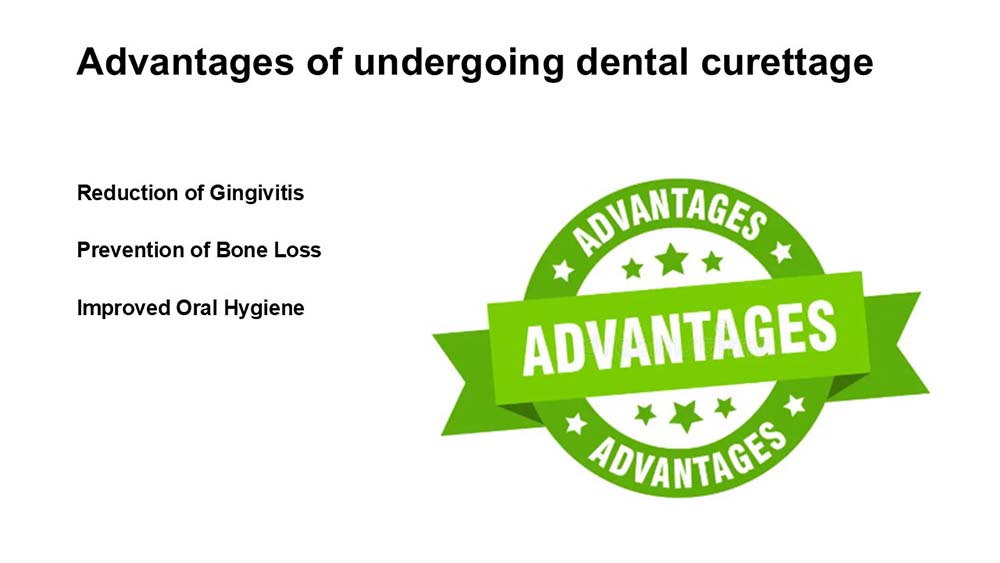
Dental curettage has many benefits. It reduces gingivitis, prevents bone loss, and significantly improves oral hygiene.
Reduction of Gingivitis:
During the curettage procedure, bacteria and chronically inflamed tissues on the inner surface of the periodontal pockets are removed. Thus, symptoms such as redness, swelling and bleeding in the gums are significantly reduced. Eliminating chronic inflammation helps restore gum health.
Prevention of Bone Loss:
Untreated periodontal diseases can cause damage to the bone surrounding the teeth. Curettage removes the chronic inflammation caused by plaque and calculus, preventing further damage to the supporting tissues. This procedure also promotes the formation of new connective tissue, increasing the strength and support of the teeth.
Improved Oral Hygiene:
With curettage, the tooth root surfaces are thoroughly cleaned and smoothed. This makes it harder for plaque and bacteria to adhere, reduces bacterial growth and improves overall oral hygiene.
Furthermore, after curettage, gum tissue can be reattached to the tooth root (attachment gain) and periodontal pocket depths can be reduced. In conclusion, dental curettage improves gingival health, prevents bone loss, and plays an important role in controlling periodontal disease by improving oral hygiene.
Although dental curettage is generally a safe and effective treatment, in some cases, mild complications or discomfort may occur after the procedure.
Gum Sensitivity:
During curettage, the tooth root surfaces are cleaned and the gum tissue is intervened. Therefore, sensitivity may be observed in the teeth and gums for a few days after the procedure. Temporary sensitivity may occur, especially to hot, cold or sweet foods and beverages. This is usually short-lived and resolves spontaneously within a few days.
Risk of Infection:
Like any surgical procedure, dental curettage also carries a risk of infection. Although sterile techniques are observed during the procedure, infection may develop if oral hygiene is not taken care of after the procedure or if irritants such as calculus and plaque are not completely removed from the area.
Need for Additional Treatment:
Curettage alone may not be sufficient, especially in deep periodontal pockets or in cases of advanced bone loss. In such cases, additional surgical methods such as flap operations may be needed. Therefore, depending on the severity of the condition, the physician may recommend additional treatment.
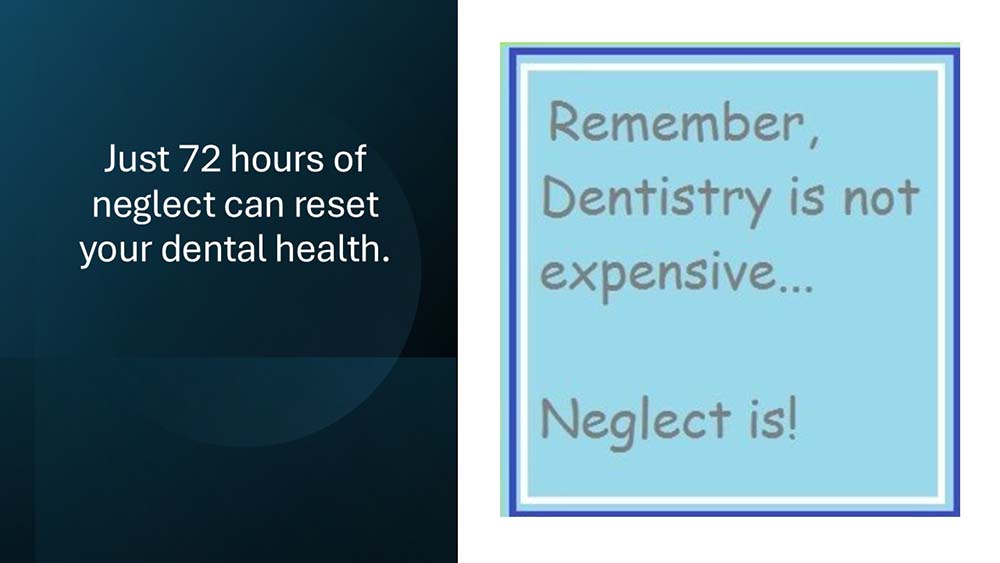
Even after a curettage procedure, many patients still experience plaque recurrence in their teeth. Simply put, this is a result of not practicing good dental hygiene. Keep in mind that neglected oral hygiene can lead to the recurrence of plaque within just 72 hours. If you have just had curettage, it is quite crucial that you stick to proper oral hygiene habits.
Maintaining Oral Hygiene:
- Gentle Brushing: In the first days after the procedure, you should brush the treated area very gently. You can brush other areas as normal. Your dentist will advise you when you can return to your normal brushing routine as healing progresses.
- Mouthwash: Using an antiseptic mouthwash (such as chlorhexidine) recommended by your dentist can help control bacteria during the healing process. Avoid vigorous rinsing when gargling.
- Flossing: You may need to stop flossing until the treated area is completely healed. It is important when to start flossing according to your dentist's instructions. Be sure to floss gently, even in healed areas.
- Periodontal Puck (if applicable): Your dentist may have placed a periodontal puck to protect the treated area. Take care not to touch this puck until it falls off by itself or until it is removed by your dentist.
Nutrition Recommendations:
- Soft Foods: A soft diet is recommended for the first few days after the procedure. Choose easy-to-chew, non-irritating foods. Avoid hot, spicy or acidic foods and drinks.
- Warm Foods: Food and drinks that are too hot or too cold can increase tooth sensitivity. Therefore, it may be more comfortable to consume warm food and drinks.
- Drink plenty of fluids: It is important to drink plenty of water during the healing process.
Below you will find frequently asked questions and answers about curettage treatment.
Is dental curettage painful?
Since dental curettage treatment is performed under local anesthesia, you will not feel any pain. If you have any fears about this treatment, rest assured that these fears are completely unfounded.
How long does recovery take after dental curettage?
Healing of the pocket epithelial lining after periodontal debridement and gingival curettage can take 5 to 12 days, and restoration and epithelialization of the sulcus usually take 2 to 7 days. It typically takes about 6 weeks for the gums to reattach to the teeth.
Can dental curettage prevent tooth loss?
Yes, by treating periodontal disease, curettage can help prevent tooth loss. When left untreated, periodontal pockets damage bone and eventually lead to tooth loss. Curettage helps to stop the progression of the disease by targeting these pockets.
How often is dental curettage needed?
How often dental curettage is needed depends on individual oral health and should be determined by a dentist.
What is the difference between dental cleaning and curettage?
While regular dental cleaning is a preventive procedure, curettage is a corrective treatment that targets deeper plaque and calculus. Beyond scaling, curettage also requires a deep cleaning of the tooth root area.
Conclusion
Healthy gums are essential for a confident smile, and dental curettage plays a key role by removing hidden bacteria and inflammation beneath your gums. Understanding when and how this procedure is done can make your dental treatment smoother and more effective.
At Antlara Dental, we've been providing quality dental care in Antalya since 2005. Our experienced dentists regularly treat patients from the UK, Russia, the USA, Germany, and many other countries. With a team of highly skilled dentists, Antlara Dental has become a trusted choice for patients worldwide.
Sources:
1- Clinical evaluation in periodontitis patient after curettage Widowati Witjaksono,* Roselinda Abusamah, and TP. Kannan Dent. J. (Maj. Ked. Gigi), Vol. 39. No. 3 July–September 2006:102–106
Timeline to your new smile.
A more beautiful version of your present smile.
Dental Health is our super and only one specialisation.
Dental & oral health is our passion. The goal is a less obvious, natural and more beautiful version of your current smile and oral health.
Bright smile.
Illuminate your world with a smile that shines bright and exudes confidence.
Confidence booster.
Unlock your true potential with a smile that boosts your confidence.
Pure & perfect.
Experience the pinnacle of dental perfection with avita dental treatments.









